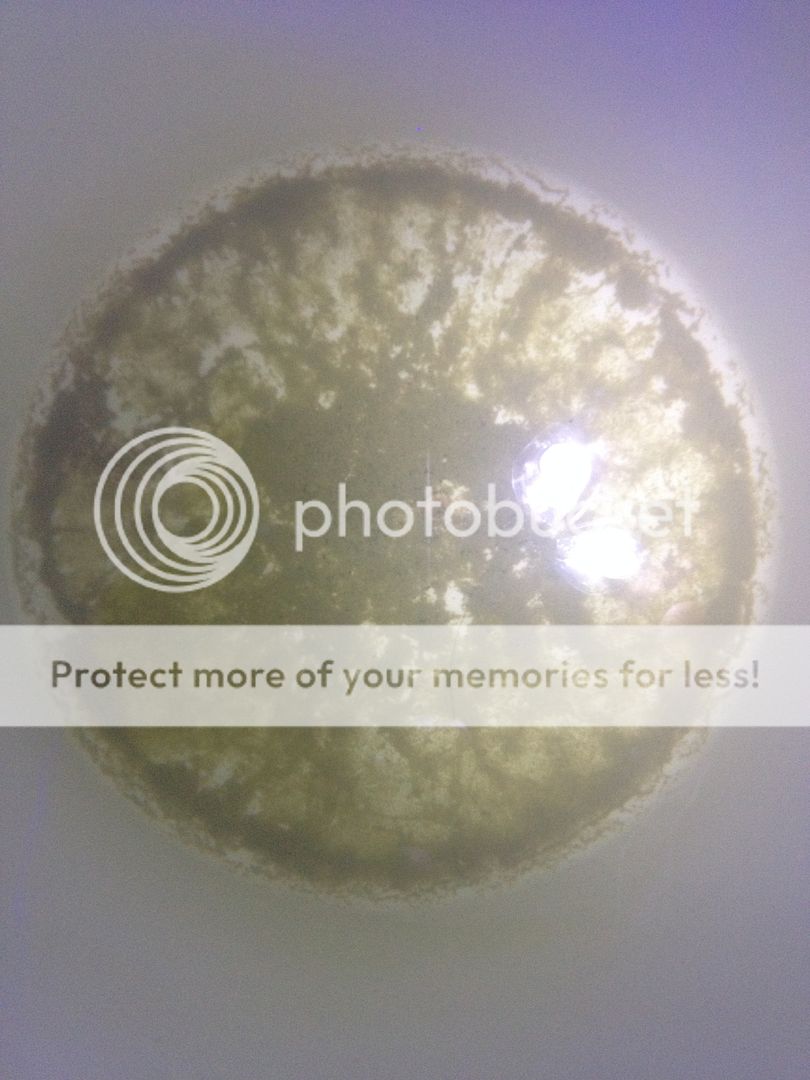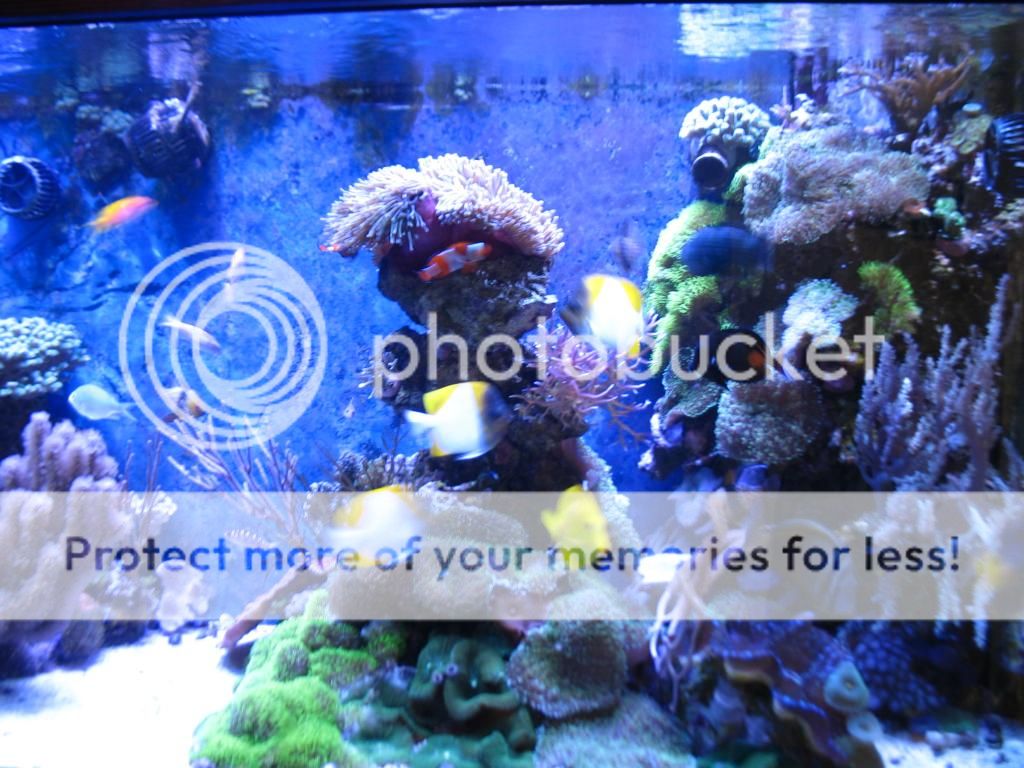While it's always possible the sandbed is to blame, I really doubt it (there are always folks who ascribe every problem to the sandbed; including, apparently global warming) That your nutrient readings are good suggests that your husbandry practices are OK. Algae control is more than just nutrient control IME. Once algae takes hold, it can be tough to control. Key is to mechanically remove as much as you can and find something that will eat the rest. Bristletooth tangs are awesome tank members, but not particularly good at eating filamentous algae. Unfortunately Tangs often have to be 'taught' to eat hair algae. Some do, some do not. My current band eat every thread that has the audacity to try to grow in my tank. The only places I have any GHA is where they cannot reach. I'd at least try a Zebrasoma and an Acanthurus.
That your tank went its first 10 months without algae problems also suggests that your rocks are not leaching nitrates or phosphates, so it's unlikely they're magically leaching it now. Easy enough to determine though; just re-cure a piece in a separate vat and measure (remove all the hair large first otherwise it will contaminate the experiment).
The fact that there are no testable nutrients in the water column means nothing. the algae is taking them all up.
what has most likely happened was the sandbed was neglected allowing it to fill up with nutrients. when it was full the rocks started absorbing the nutrients, and now there are no more nutrient sinks in the system for the nutrients to go. the fact that the first 10 months went smooth backs this up because that is right around the time a poorly maintained tank starts showing its ugly head.
along with the test that ca1ore just stated, a quick one would be to snap off a small piece of rock so you have a bit of clean rock exposed. if algae grows right there within the matter of a few days it just goes to further show there are nutrients in the rock.
here are a bunch of threads that have just been dug up with some excellent info regarding this very subject.
DSB leaching phosphates?



